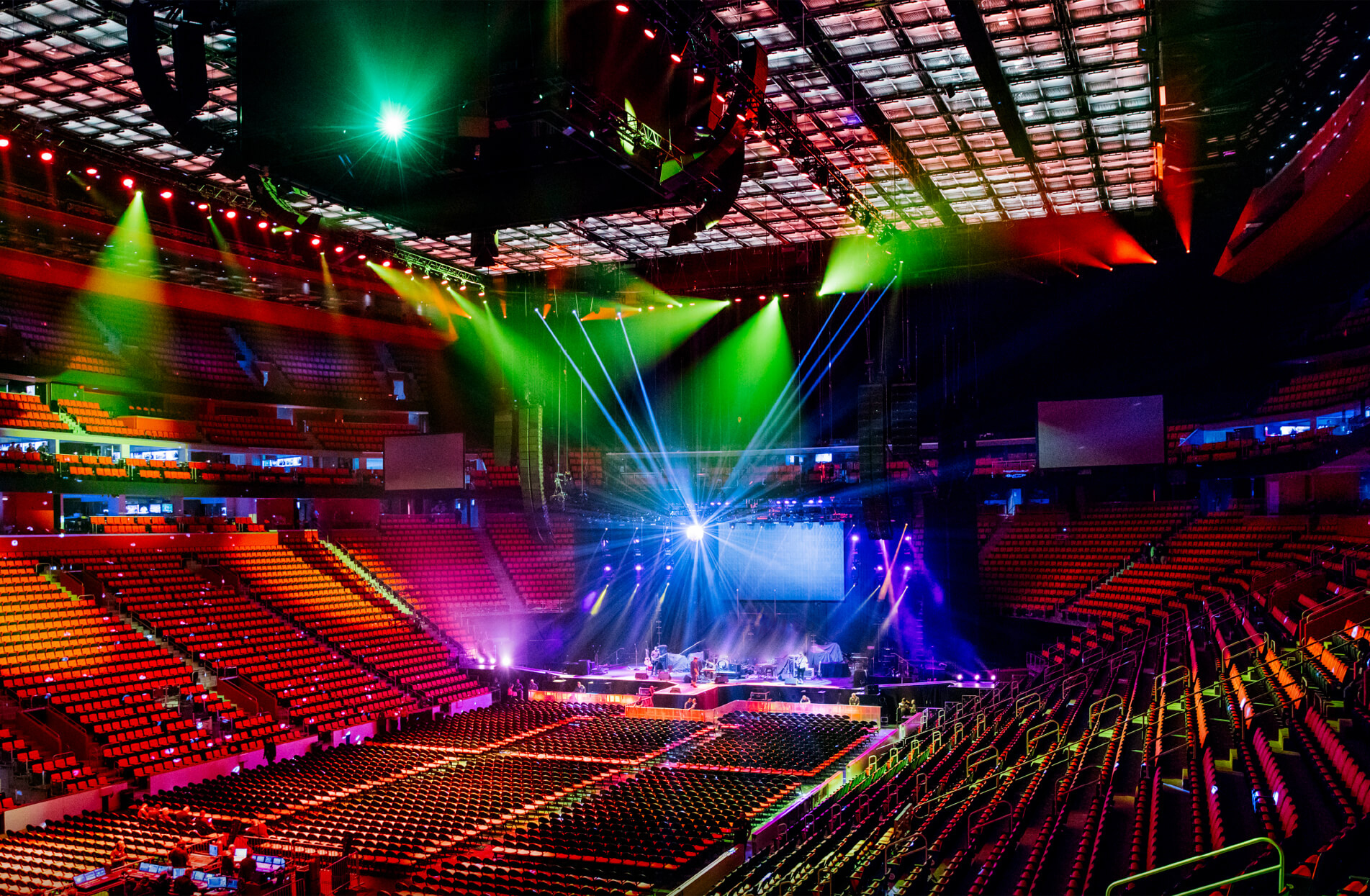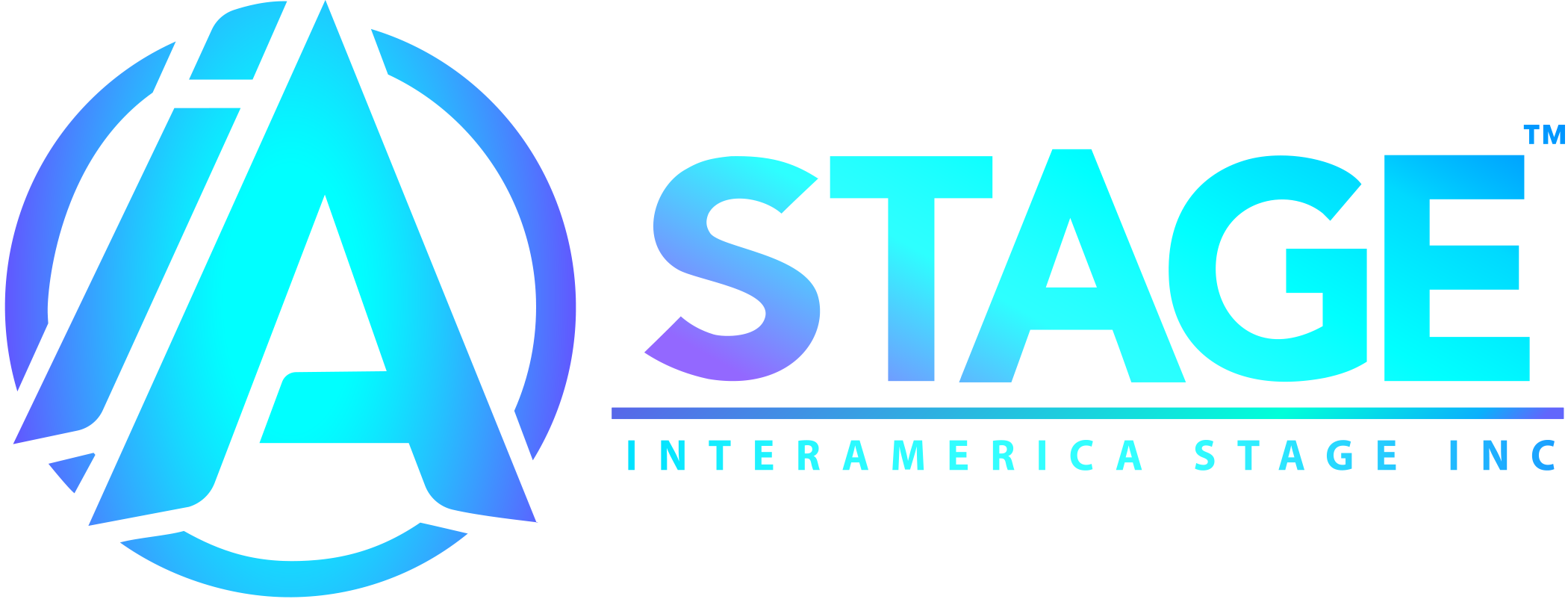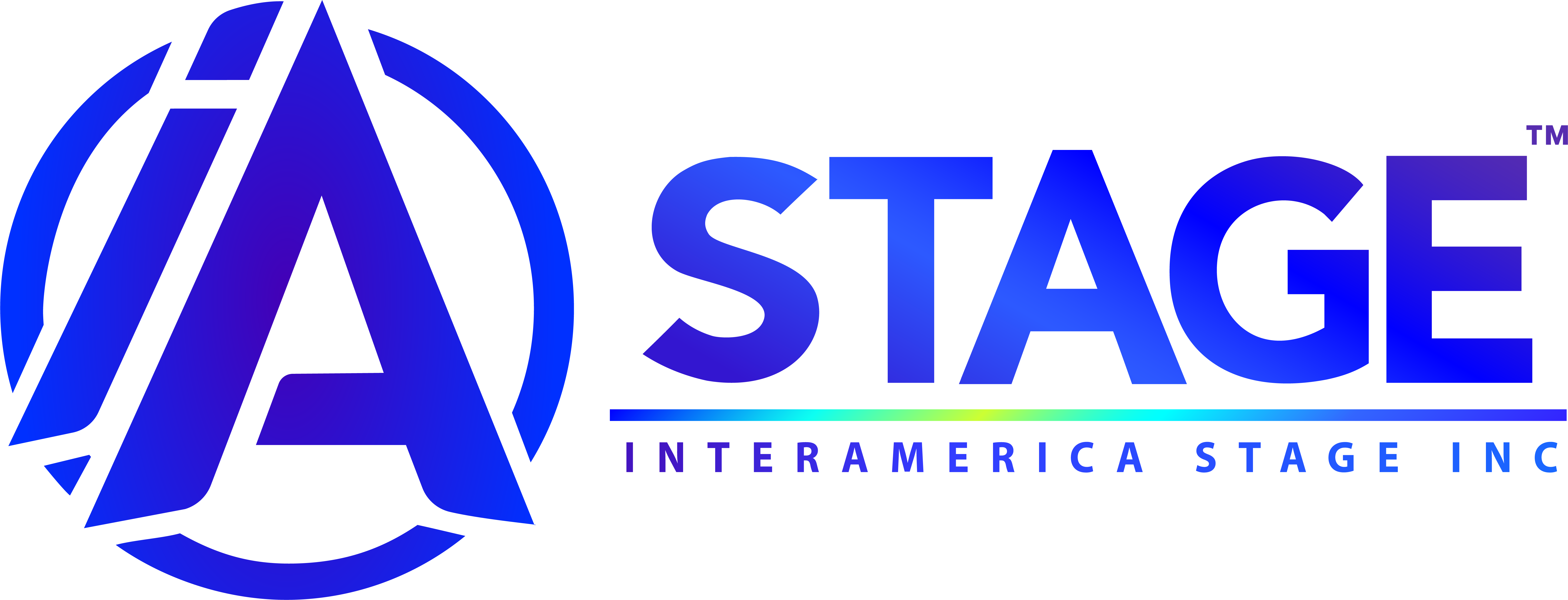Mental Muscle Management

Who’s ready for some more useful and easily applied tips about body mechanics? Our focus this week is on Muscle Groups. Let’s break this down a little bit.
The major moveable parts of our bodies are the head, trunk, arms, and legs. Depending on your point of view – medicine, weight lifting, martial arts, etc. – you’ll see that there are 6 major muscle groups…or 11 major muscle groups…or 13 major muscle groups… We’re not looking to build size by isolating the gastrocs, the soleus, and the tibialis anterior, ok? What we’re concentrating on is how to utilize our bodies in the safest and most efficient way in order to accomplish a given rigging task. The task I’m going to use as an example is pulling rope.
The strongest muscle groups are in the shoulders, upper arms, hips and thighs. (Notice that the back is NOT listed here.) So, let’s take a look at this guy again, this time with the four strongest muscle groups in mind:

First, a quick run through the posture and base of support check list. Feet shoulder width apart – check. Back straight and head level – check. One foot slightly in front of the other – check. Toes pointed roughly in the direction of movement – check. Soft knees – check. Thighs engaged to support weight – check. Centered above hips – check.
What’s he doing? He’s standing on a beam, pulling a rope up to his position.
Which of the four strongest muscle groups is he using? All of them. He’s using his upper arms and shoulders to pull the rope. He’s using his hips and thighs to support himself and maintain balance.
I want to make a quick point here. Muscles work best when they are used correctly. As an uprigger, depending on how many points you’re pulling, of course, you could be hauling up hundreds of feet of rope over the course of a load in. Can ya feel those shoulders burning? Some of the excellent feedback received from the riggers I contacted was specifically about pulling rope:
- Gently stretch your muscles before you begin the work call. Stretch some more.
- Use your legs as a brace to support your arms while you pull. Keep your back straight and keep your knees soft. Place your elbows onto your thighs and use that leverage to help you.
- Don’t try to race the other riggers. This is important, especially if you’re a newbie. Know that you’re not going to keep up with a veteran rigger. You’re expected to do your job to the best of your ability, not set a world record.
- Don’t doggedly muscle through the pain. This is where people get hurt. As a rigger, you are obligated to know your limitations and work within them. Understand your body well enough to recognize the difference between regular ol’ whoo-I’m-out-of-shape pain versus this-is-not-cool-I’m-about-to-do-some-damage pain.
- Breathe.
In the grand scheme of practicing proper body mechanics, keeping tabs on your Muscle Groups takes a bit more effort and self-awareness than checking in on Posture and Base of Support. Your body is your instrument and you are responsible for keeping it well maintained and ready to work. Care for your SELF with as much attention to detail as you care for the equipment you use every day.
Next week is the final post in this series about body mechanics, where I’ll roll Posture, Base of Support, Muscle Groups right into Lifting Technique.

